What We Do
Entomogen Inc. was established in 1999 as an Environmental Consulting and Scientific Research and Experimental Development (SR & ED) firm. Over the years we have expanded our services to include Eastern Equine Encephalitis testing, insect identification, West Nile Virus and nuisance mosquito studies. In addition we also offer benthic invertebrate sampling and identification, species at risk surveys, tick identification and Lyme disease testing services.
We specialize in:
- Environmental Consulting
- Insect Identification
- Mosquito-borne Diseases
- Benthic Identification
- Molecular Diagnostic Services
- Surveillance Services
Our team includes a Medical Entomologist, a Registered Microbiologist, and an Ecologist. We are committed to providing our clients with reliable, accurate, and timely scientific information.
We do not provide any pest control services.

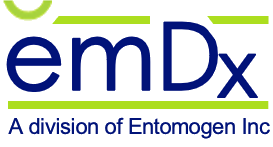
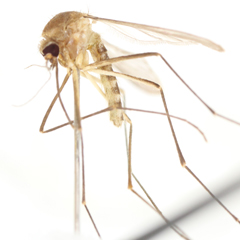
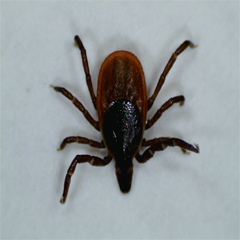

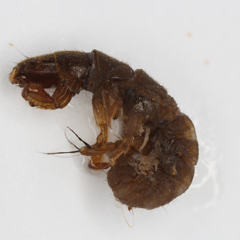
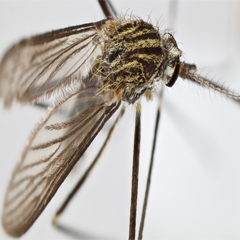

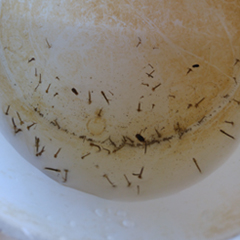

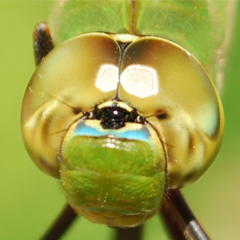
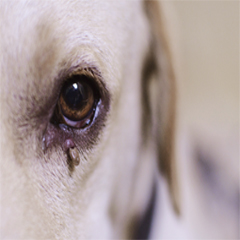
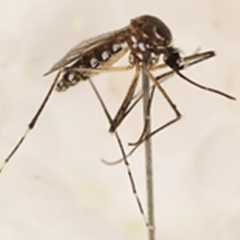
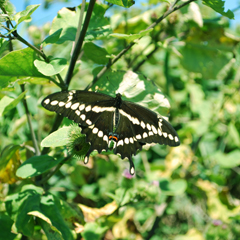
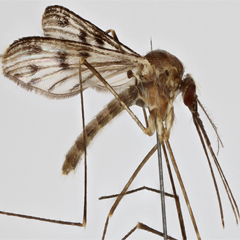

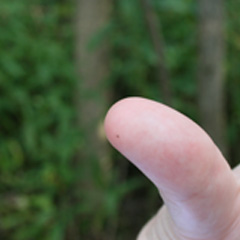
Submit Tick for Testing